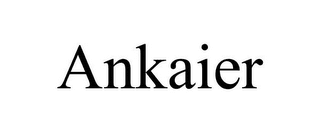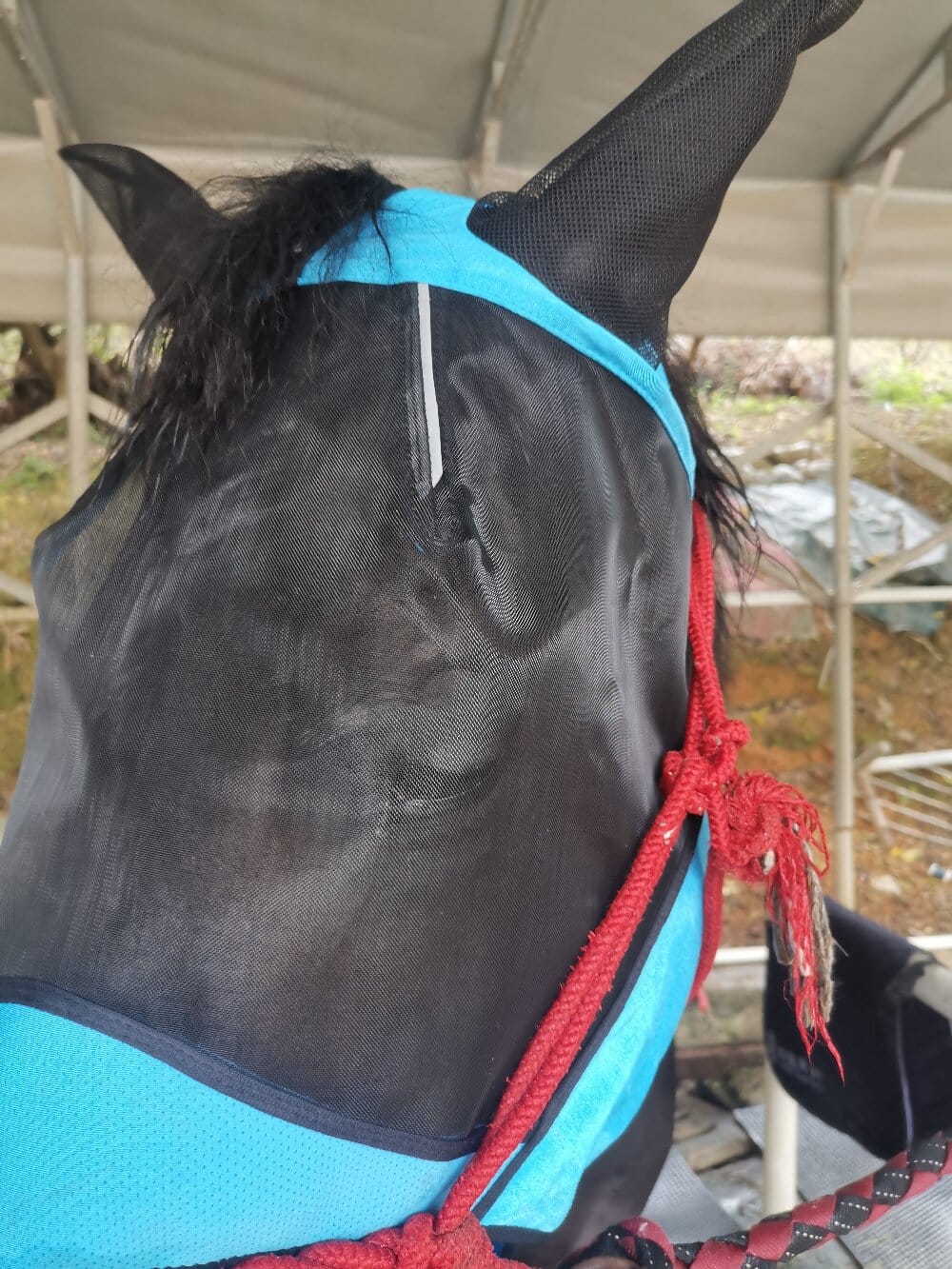A horse fly mask is a common piece of equine equipment, often perceived as a simple solution to a seasonal nuisance. However, a critical examination reveals that this seemingly straightforward garment serves a far more complex and vital role in equine welfare and management. It is not merely a shield against biting insects but a carefully considered tool designed to protect one of the horse’s most sensitive and vulnerable areas. The decision to use one, therefore, should not be automatic but should stem from a logical evaluation of the animal’s environment, health, and individual needs. This article delves into the multifaceted purpose of these protective coverings, moving beyond superficial assumptions to analyze their benefits, potential drawbacks, and the critical thinking required for their appropriate application.
More Than Just Fly Protection: A Multi-Layered Defense
While the primary function is to deter flies, the benefits of a well-fitted mask extend into several critical areas of equine health. The constant irritation from flies can cause significant stress, leading to behavioral issues like head tossing, reduced grazing time, and an inability to rest. By mitigating this irritation, the mask contributes directly to the animal’s psychological well-being. Furthermore, the most significant health threat comes from flies transmitting diseases and causing eye conditions. Face coverings act as a physical barrier against pathogens that can lead to conjunctivitis and other infections.
An often-overlooked secondary benefit is protection from ultraviolet rays. Many modern fly masks are equipped with UV-protective material, which is crucial for horses with pink skin or those prone to squamous cell carcinoma, a type of skin cancer. This feature transforms the mask from a seasonal accessory into a year-round health management tool for susceptible animals. Additionally, these masks provide a defense against environmental debris such as dust, pollen, and seeds, which can cause abrasions or allergic reactions in the sensitive eye area.
Critical Considerations in Fly Mask Selection and Fit
The effectiveness of any horse fly mask is entirely dependent on its fit and features. An ill-fitting mask can cause more problems than it solves, making a critical assessment of options essential. A proper fit should be snug enough to stay in place without rubbing, chafing, or obstructing vision. Key areas to check include the clearance around the eyes, the fit over the muzzle, and the security of the closure system, typically velcro or a buckle.
When selecting a mask, a horse owner should consider:
- Material and Durability: The fabric should be a durable, breathable mesh that allows for clear vision and air circulation.
- Design Features: Options include extended nose covers, ear covers for protection from gnats and flies, and detachable pieces for customizable use.
- Safety: Look for masks with “breakaway” technology, such as elastic edging or weak-stitch designs, which allow the mask to tear away safely if it becomes caught on a fence post or other object, preventing potential injury.
Weighing the Drawbacks: A Balanced Perspective
A critical thinking approach necessitates an honest evaluation of potential disadvantages. No piece of equipment is without its risks, and the horse fly mask is no exception. The most significant concern is the risk of injury if the mask becomes tangled. While breakaway features mitigate this, they are not foolproof. Regular daily checks are non-negotiable to ensure the mask is intact, correctly positioned, and free from dirt or moisture that could cause irritation.
Another consideration is the potential for discomfort or health issues caused by the mask itself. In hot, humid conditions, the mask can trap sweat and heat against the skin, potentially leading to fungal or bacterial growth. Furthermore, a mask that rubs can cause hair loss, raw skin, and open sores, creating a gateway for infection. For some horses, the sensation of wearing a mask is inherently stressful, and forcing one on such an animal may be counterproductive to its welfare. The decision must always balance the benefit of fly protection against the potential for creating a new problem.
An Informed Decision for Equine Well-being
Ultimately, the use of a horse fly mask should not be a blanket rule but an individualized management decision. It requires the horse owner to move beyond simple tradition and engage in a continuous process of observation and assessment. The choice involves analyzing the specific fly population in the horse’s environment, the animal’s individual sensitivity to insects and sunlight, and its overall tolerance for wearing equipment. The most responsible approach is one of vigilant management: selecting a high-quality, well-fitted mask, committing to daily inspections, and being willing to remove it if any signs of discomfort or complication arise. In the realm of equine care, this critical and thoughtful application ensures that a tool intended for protection truly fulfills its purpose, safeguarding the health and comfort of the horse it is meant to serve.

